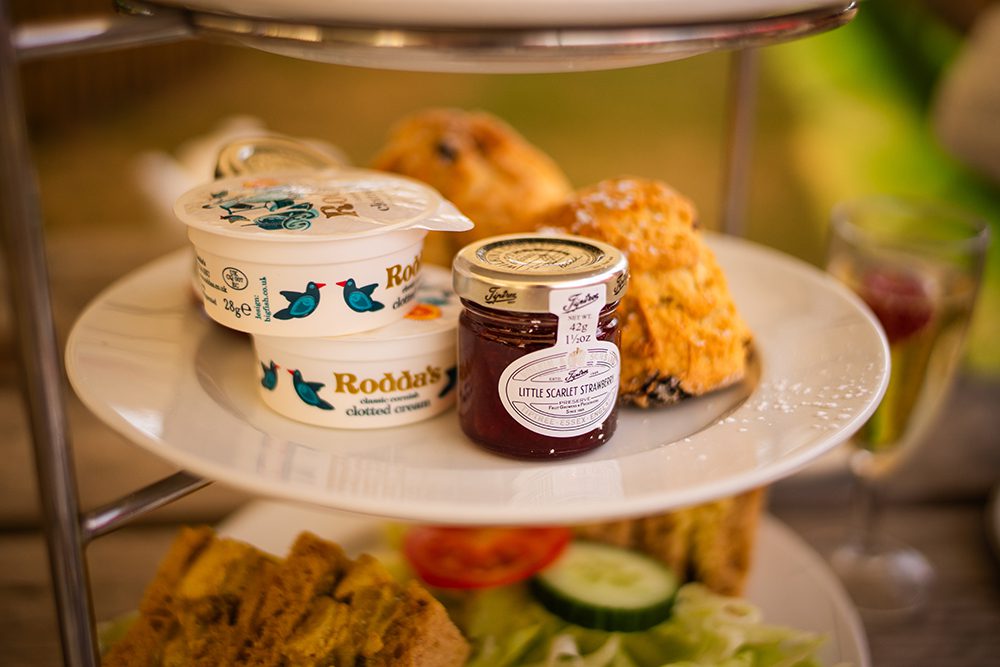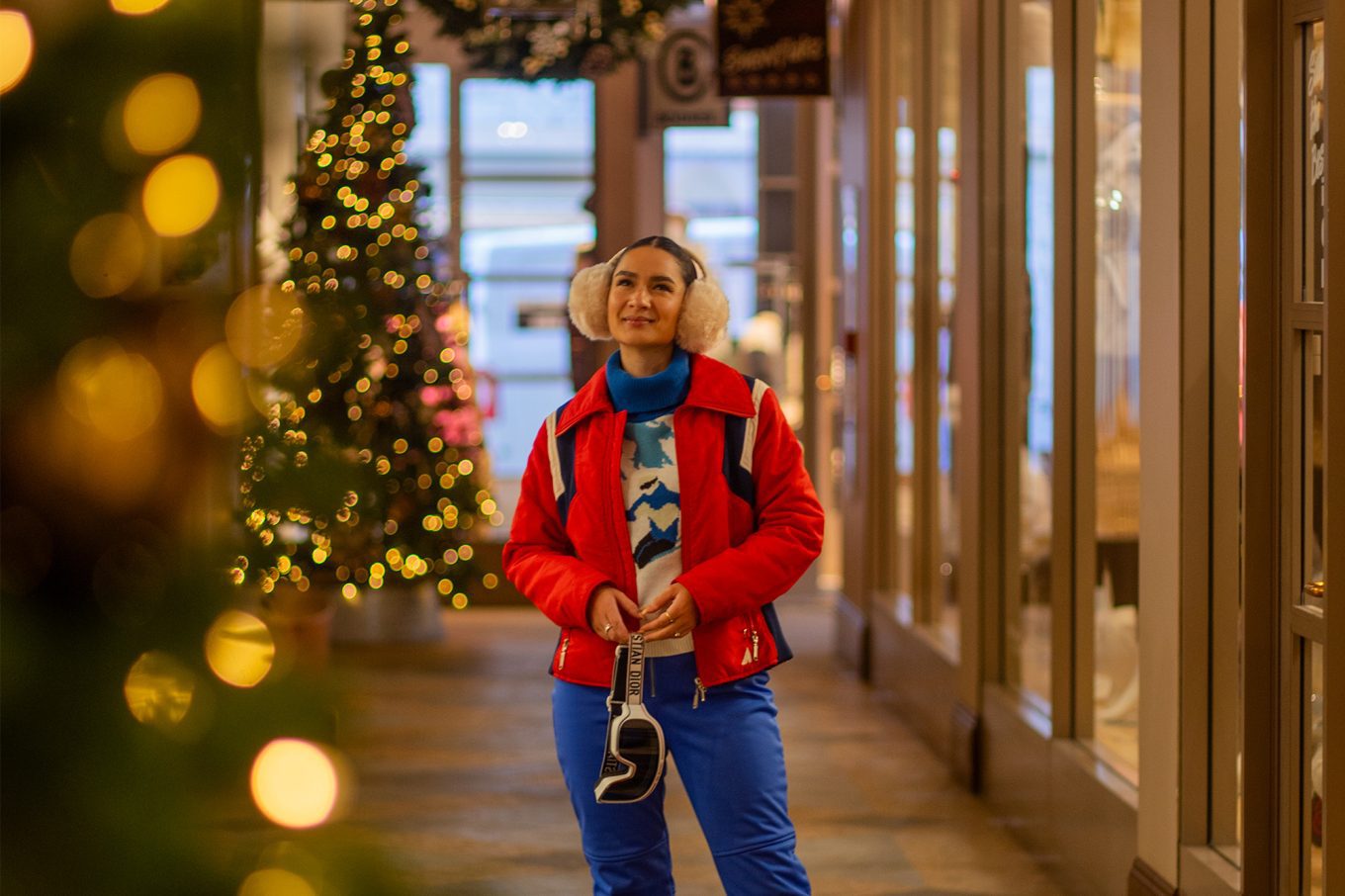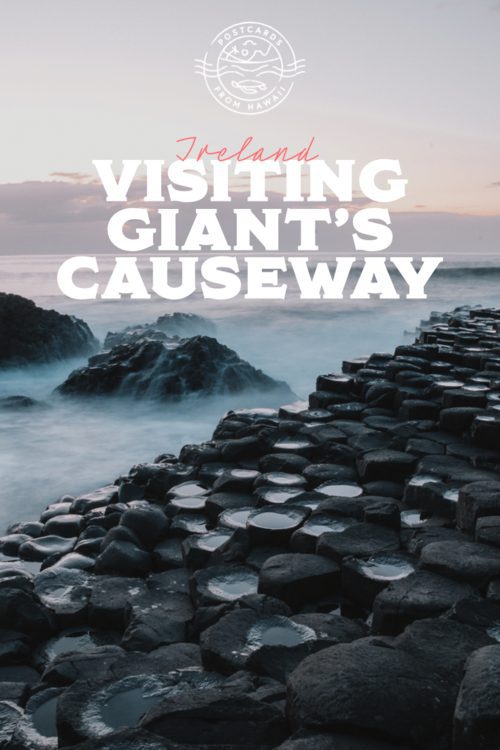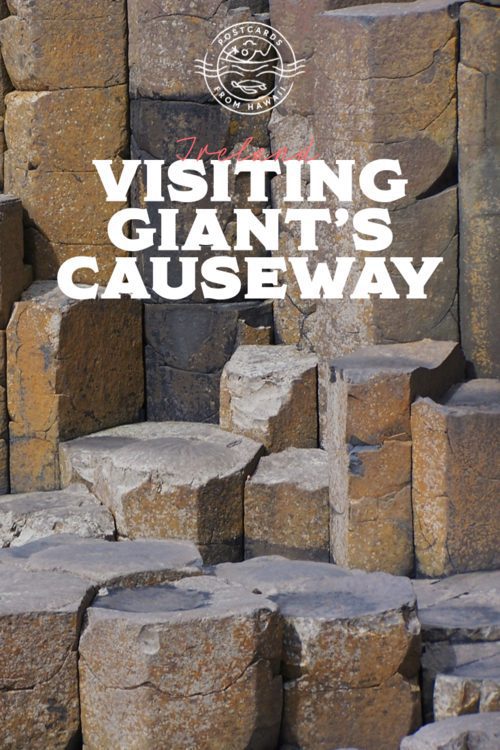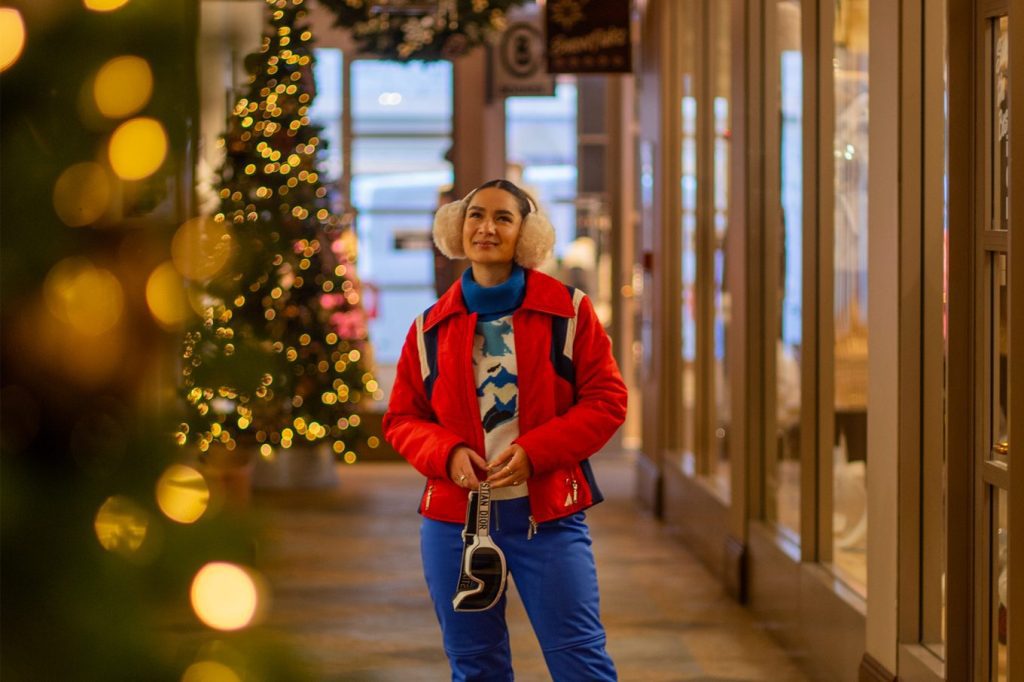A trip to Northern Ireland would not be complete without a visit to the magnificent Giant’s Causeway. For centuries this 2016 British Travel Awards Winner* has attracted tourists from all over the world.
There are two explanations for how Giant’s Causeway was formed: scientific fact and the legend.
Science explains that approximately sixty million years ago, molten basalt erupted from the ground forcing its way through a layer of chalk. The basalt formed 40,000 columns as it cooled, the hexagonal shapes developing as the stone fractured.

The legend however claims that the Irish giant, Fin McCool built the causeway as a crossing to confront his Scottish rival, Benandonner. After building his path to Scotland Finn hastily retreats when he learns that Benandonner is far bigger than he is. Followed by Benandonner, Finn runs home where his wife disguises him as a baby. Seeing the size of the “baby”, Benandonner fears for how big the child’s father is and runs back to Scotland, the causeway crumbling under his feet due to his immense size.
*Best UK Heritage Attraction.
Getting there
Driving
The Giant’s Causeway is located on Causeway Road just 1hr 15mins from the centre of Belfast. As you get closer to the coast the scenery is beautiful and you’ll feel like you’re in the rom com film “Leap Year” as you cruise though the rolling hills past quaint little churches and fields dotted with fluffy sheep. Check out the map below to see Belfast in correlation to the visitor centre and stones.
Parking
Parking is included in the ticket cost (see more below) but spaces are limited. We didn’t have a problem getting parked up but I have heard from others that during peak periods – such as summer or public holidays – the traffic queues up for miles and you could be stuck without access to the car park.

Time
We went on a Monday morning outside of any school holidays and arrived at 9am. It was quiet for about one hour and then people started flooding in and before long it was difficult to get photos without a swarm of ant like people in the background.

Visitor Centre > Giant’s Causeway
There are two options for getting from the visitor centre to the stones: walk or bus.
A footpath will take you straight down to the stones and back up again, has opportunities to stop and get photos of the beautiful coastline and will take 20mins maximum to walk each way (depending on how often you stop for photos).

The bus leaves every 10mins from the back of the visitor centre (where the audio guides are given out) and both drops off at the stones and picks up for the return journey. Tickets are £1 per person per direction and are bought on the bus, National Trust members go free.

If you are fully able to make the trip by foot do so because it won’t take long, if you have problems on your feet I suggest taking the bus because the path becomes slippery in the rain and though it’s not a long walk, it is a fairly steep ascent back to the visitor centre.
Tickets
Tickets include onsite parking, audio guides and access to the visitor centre which has a café, gift shop and an interactive section with more information on the formation of the stones and coastline.
Save money by purchasing tickets online for:
Adult: £10
Children 5-17 years old: £5
Family: £25 (includes two adults and three children under 17 years old).
Purchase your E-tickets here.

Tickets bought on the day at the visitor centre are:
Adult: £11.50
Children 5-17 years old: £5.75
Family: £28.75 (includes two adults and three children under 17 years old).
National Trust members go free.

Opening times
Giant’s Causeway is open from dawn til dusk throughout the year.
The visitor centre is open as follows:
January – February: 9am – 5pm.
March – May: 9am – 6pm.
June – September: 9am – 7pm.
October: 9am – 6pm.
November – December: 9am – 5pm.
Closed: 24th, 25th and 26th December.
Last admission is one hour before closing time.
Safety

Due to strong winds, big swells and the fact that the attraction is at the water’s edge, safety is a big concern here. If you choose to walk on the stones you do so at your own risk. There are however National Trust officials dotted around to prevent you from going too close to the edge and will blow a whistle to alert your attention if you do. They are equipped with first aid kits and there are flotation devices dotted around should anyone fall in.
What to wear
My advise is based on visiting in September when the weather had made its turn into Autumn with an average of 8˚C. I can’t say what to wear in the warmer months having not been there then, but I do know that the wind is quick changing and can blow right through you so be mindful of that.

Hat/thermal headband/earmuffs
The wind can blow past your ears at an uncomfortable speed so wear something on your head if you have sensitive ears or want to keep your head warm.
Scarf
Keeps your neck warm and will provide a wind barrier for your face.
Gloves
Difficult for taking photos but great for the walk there and back.
Bottoms
I strongly suggest trousers because they will preserve your modesty if you are planning on clambering over the stones. I wore my running tights/gym leggings because they are quick drying which is handy as the rain is unpredictable.

Top half
This will give you a good idea of how cold the wind was, I wore a sports bra, vest, jumper, gilet and a super light down jacket under my raincoat. This was enough to keep me warm with my hat and scarf but it didn’t stop my nose from going pink nor my eyes and nose from running.
Waterproof coat or at least a wind breaker
The forecast didn’t call for rain all day and yet heavy raindrops made an appearance on and off every half an hour to forty minutes.
Sensible shoes
I wore my hiking boots and even they were slipping. A lot of the stones are unstable and those closer to the sea develop a lovely slimy surface which makes navigating your way across somewhat treacherous. Make sure you wear comfortable shoes with a good tread.
Thick socks
Keep your tootsies warm.

What to bring
Water
Always stay hydrated!
Tissues
If you have a sensitive nose to colder weather, like myself, I advise taking plenty of tissues because the cold wind is going to make it drip!
Lip balm
If you’re prone to chapped lips in cold weather.
Camera
How could you not!
Tripod
If you want to put your photography skills to good use.

Don’t forget your tissues!
.
Aloha, Gabriella



